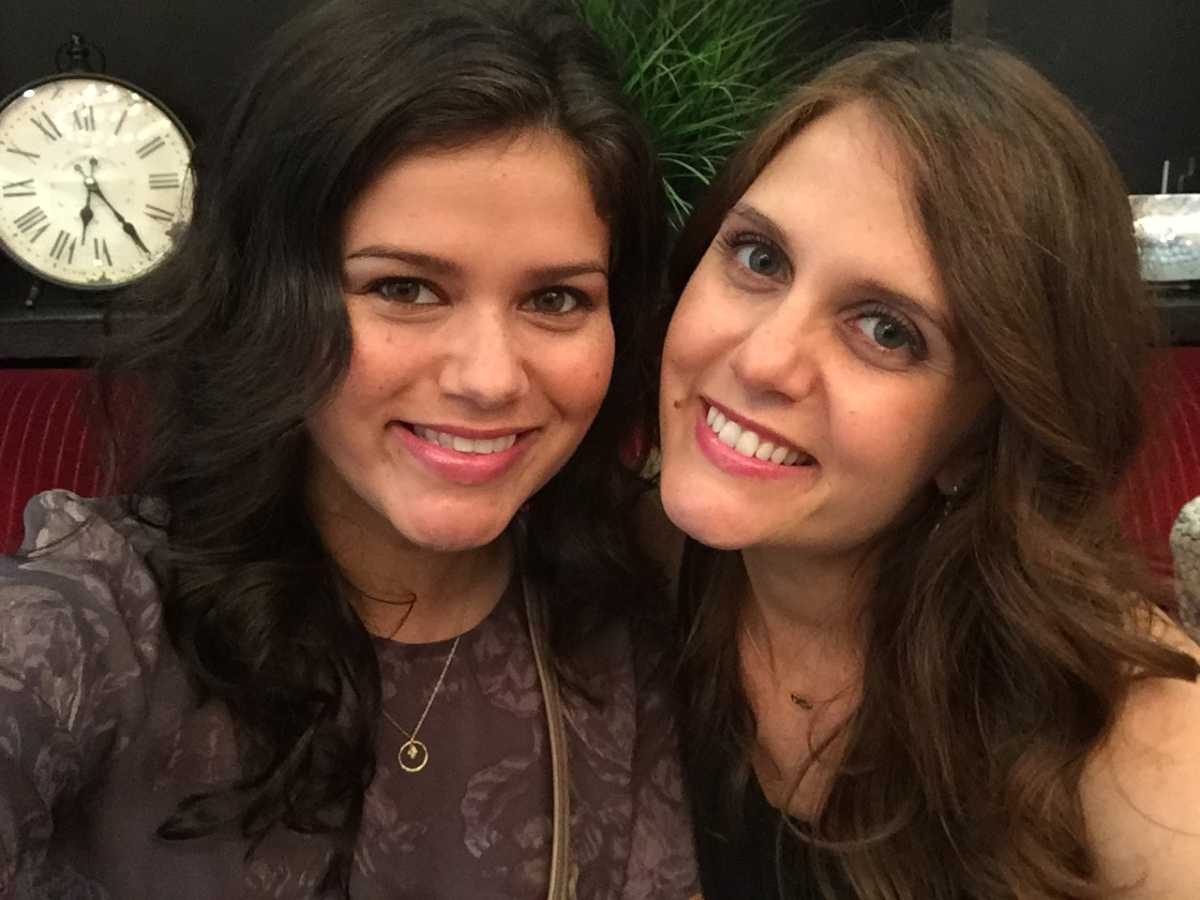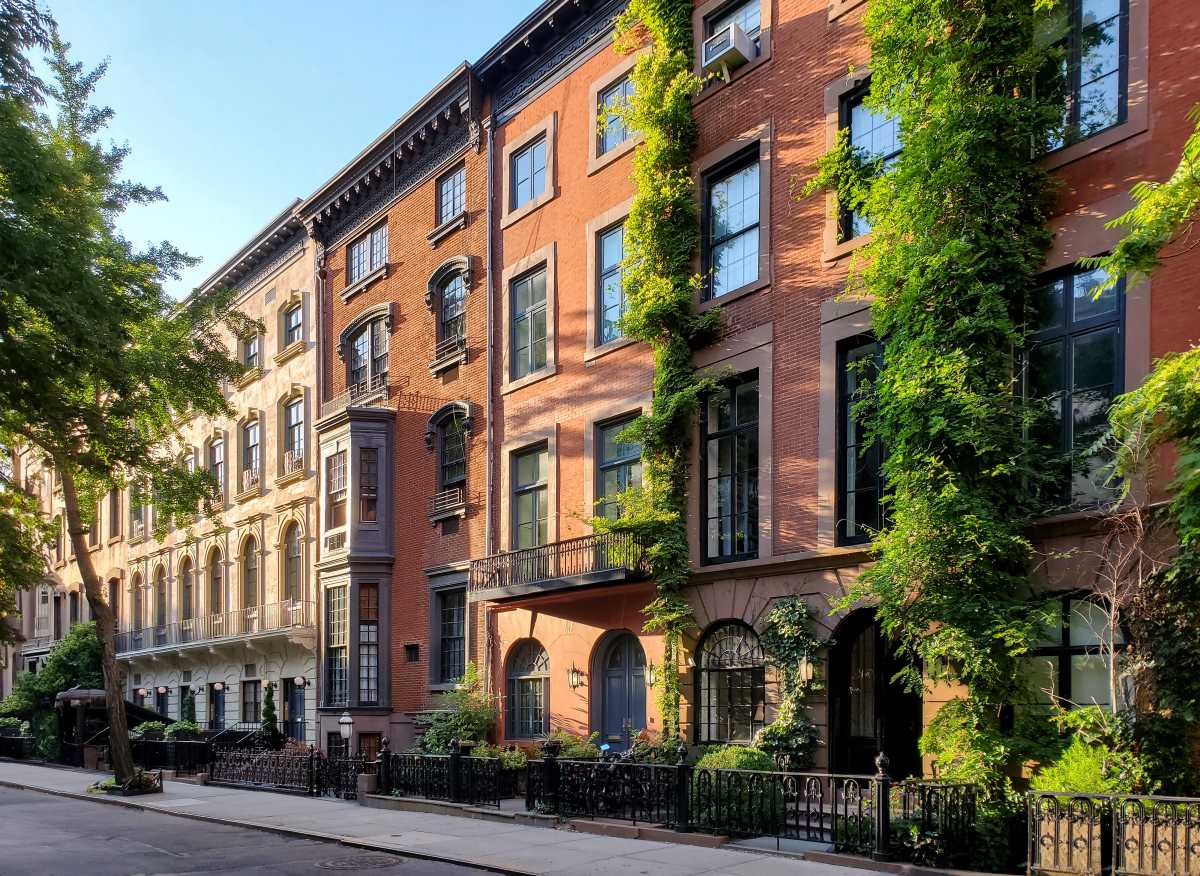
A large altar-like installation made from found fallen twigs and leaves, cut flowers and fruit was created at the 9/11 Memorial plaza on Friday.
New York City-born artist Day Schildkret, who is known for his impermanent earth art called "Morning Altars," invited New Yorkers to help him build the sculpture as part of the Reimagine End of Life Festival.
Schildkret’s "Turning Loss into Beauty" is one of the last of 350 events tied to the festival, which centers on how we talk about death and end-of-life planning. It wraps up on Saturday.
The group gathered under the Survivor Tree — the only tree at Ground Zero to be unharmed on 9/11 — and taledk about impermanence, the power of change and letting go as a skill.
Then Schildkret and his helpers gathered bits and pieces of nature, flowers people left behind at the memorial (collected by the 9/11 Memorial grounds crew) and random items they found in the area to create a beautiful pattern that speaks to them.

The goal was to form something beautiful at this "traumatized place" for the victims of 9/11 and victims of terror attacks in general, Schildkret said.
"There’s something healing and profound that happens when people come together and make something," he told amNewYork on Tuesday. "It’s not enough to talk about. Getting on our hands and knees and working with our hands together in silence heals the place in a way I’ve never seen other forms of therapies do."
Being able to walk away from something beautiful you’ve made, knowing it will fall apart and disintegrate shortly thereafter, is also a "skill," he added.
"Our culture is so addicted to certainty and stability," he told amNewYork on Tuesday. "Most see impermanent artwork as child’s play (sandcastles and snowmen) and real art as things that last. What is significant to me is being able to metabolize and process heartbreak into beauty and practice being in a relationship with change, which to me, is a skill."
According to Schildkret, creating artwork out of natural items forces the maker to come to terms with impermanence, much like how a mandala made of sand does for Tibetan Buddhists.
Schildkret started his altars after he broke up with his partner. Heartbroken, he found beauty and light in creating altars from the natural materials that surrounded him near his home in the mountains. Doing so let him "metabolize and process" his pain.

New York City residents, in particular, are no strangers to change and loss, which is why the event made sense for the Memorial and the city in general, Schildkret said.
"New York City has a very renewing spirit," he said. "This town gets knocked down and keeps on standing back up again."
Schildkret’s new book about his work "Morning Altars" was published on Tuesday.





































